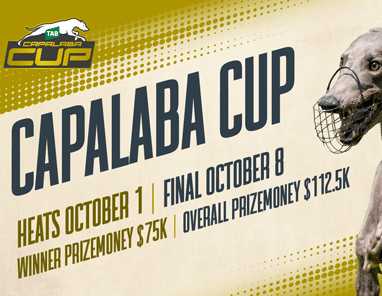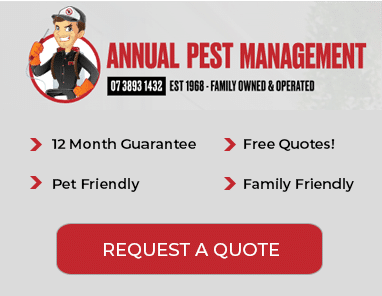
We all agree that greyhounds make great pets.
Re-homing upon retirement is one of the key responsibilities of an owner. Here are some basic steps for getting your greyhound ready for life as a pet.
It starts with a wind-down
Retiring your greyhound from racing starts with a wind-down period and preparation for re-homing is especially important because it provides your greyhound with time to adjust to pet life after the activities associated with training and racing. During the wind-down, you should begin to:
- Fatten up – Increase your greyhound’s body weight from racing weight to a condition score of 3.
- Socialise more – Move your greyhound out of the kennels into a yard, or the backyard of your home. You might begin by placing them in the pen for an hour a day, gradually increasing to a full day. This is important to help your greyhound learn to spend time by themselves, something they may never have done in a kennel environment, and learn to cope with pet owners who go to work for long hours every day. Provide toys, bones, and balls to keep them occupied and ensure they have a comfortable sheltered bed to sleep in.
- Experience ‘pet life’ – Spend time each day familiarising your greyhound with a household environment, including walking them into the house, onto carpet, tiles and up and down stairs. Some of these experiences will be very new and scary for the greyhound. Each experience should be as positive as possible. Use gentle encouragement and offer dog treats as rewards. Avoid getting frustrated with your greyhound and make sure you back off and try again another day if your greyhound’s anxiety level does not decrease. Short 5–10-minute sessions daily is all that is required
- Expose to community – Work on leash walking and polite meet and greet skills. Greyhounds going into the community will need to be able to walk on a loose leash and politely interact with dogs of many breeds
- Show them around – Take your greyhound on an excursion to the shops or the park. Get them used to walking down a street lined with shops or cafes. Start when the street is quiet and slowly work your way up to walks during busy periods as your greyhound grows in confidence.
- Vet care – Update vaccinations, vet check (especially teeth) and desex. Desexing has been shown to reduce boisterousness and improve retraining, particularly in male dogs.
Please note you must desex your greyhound to rehome. Greyhound Australasia Rule 24 requires all greyhounds to be desexed prior to rehoming. Racing Queensland has just introduced its Greyhound Retirement Readiness Scheme to support participants to ensure their greyhounds can be desexed and have dental treatment prior to being rehomed. The Scheme offers up to $700 to support participants. Visit racingqueensland.com.au/animal-care/schemes for more information.
Get your greyhound ready. Rehoming greyhounds is only part of the picture. To be rehomed, a greyhound must be capable of being a good pet. If not, there are impacts on the reputation of the greyhound as a great pet and the sustainability of our industry becomes at risk. Rehoming is simpler if you have made an effort to prepare your retired racer for rehoming.
When considering rehoming, only rehome to a suitable long-term pet home. Owners have an obligation to find suitable long-term pet homes for any greyhound who is medically and behaviourally fit to be rehomed.
For more information and guidance, visit https://gapqld.com.au/owners-trainers/









